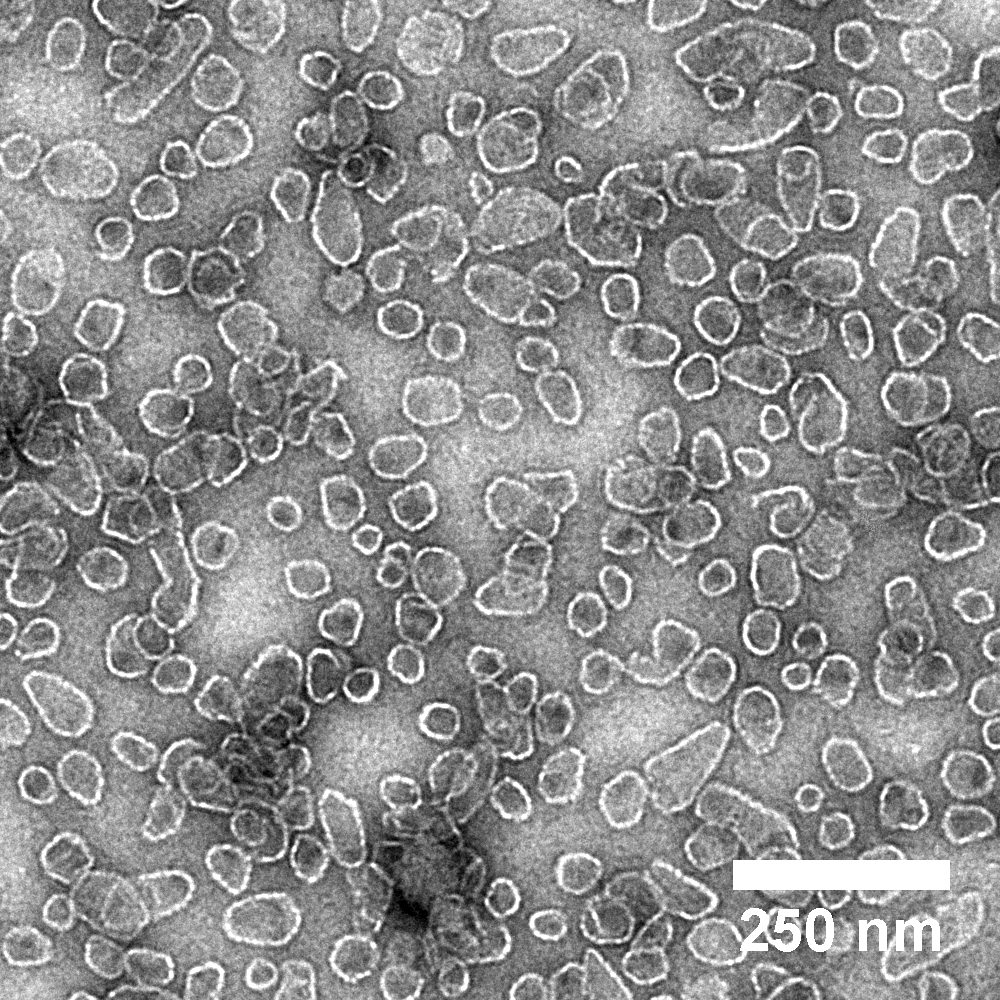FISHING FOR NEW HIV THERAPEUTIC TARGETS USING CAPSID AS BAIT
February 23 2021
Imaging CoE researchers from the UNSW Sydney Node have created a method of rapidly detecting and characterising molecules used by HIV to orchestrate infection.
 A new screening tool developed by UNSW scientists enables identification of protein interactions between the host and the human immunodeficiency virus (HIV) that could one day facilitate the discovery of novel therapeutic targets for HIV.
A new screening tool developed by UNSW scientists enables identification of protein interactions between the host and the human immunodeficiency virus (HIV) that could one day facilitate the discovery of novel therapeutic targets for HIV.
The details of a new screening tool that rapidly detects and measures interactions between host cells and HIV were published recently in Analytical Chemistry.
Imaging CoE Associate Investigators Dr David Jacques and Associate Professor Till Böcking, both from UNSW Medicine and Health’s Single Molecule Science, co-led the study.
A protein shell, or capsid, encapsulates and protects the virus from host defence mechanisms. Inside a host cell, this protective armour is the first point of contact between the virus and the host.
“If we can use drugs to target the interplay between host and capsid, we could use it to our advantage to find new therapeutic approaches,” said Dr Jacques.
To identify which host proteins and small molecules bind to the HIV capsid, the researchers combine a library of candidate molecules tagged with fluorescent labels, and HIV capsids that are self-assembled in the laboratory.
With a technique called fluorescence spectroscopy, changes in fluorescence intensity in the sample indicates binding of candidate molecules with the capsid. This is a highly sensitive assay with which a large number of candidates can be screened in a short time with minimal processing required.
“We can analyse a lot of samples using a scanning stage, which allows us to get these measurements very quickly. We can scan more than 50 molecules in a day,” said first author and recent graduate, Dr Derrick Lau.
The new screening strategy is simple and streamlines the experimental steps involved.
To demonstrate the power of this new screening tool, and how simple it is to run, the researchers used a range of well-known and recently discovered capsid binding molecules.
The identification of novel points of contact between virus and host could open up avenues for the design and future research of new drugs to prevent or treat HIV infections. Associate Professor Böcking believes that this analytical method is not limited to HIV research.
“This approach can readily be extended to the capsids of other viruses for discovery and characterisation of host-pathogen interactions,” he said.
![]() Electron micrograph of self-assembled HIV capsids used as bait to identify interacting host proteins; image credit Derrick Lau
Electron micrograph of self-assembled HIV capsids used as bait to identify interacting host proteins; image credit Derrick Lau
This article was originally published by SMS at the UNSW Sydney Node.
